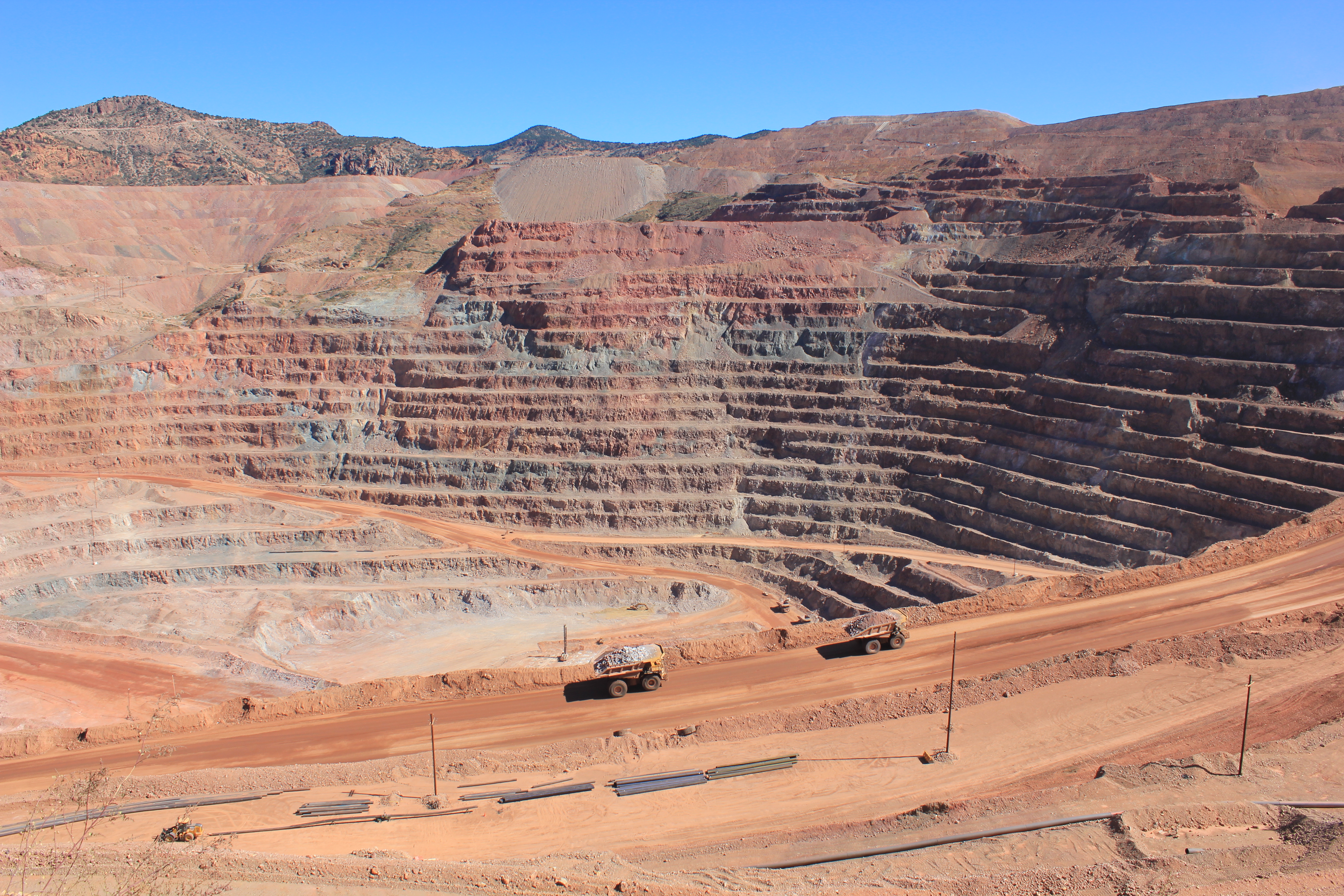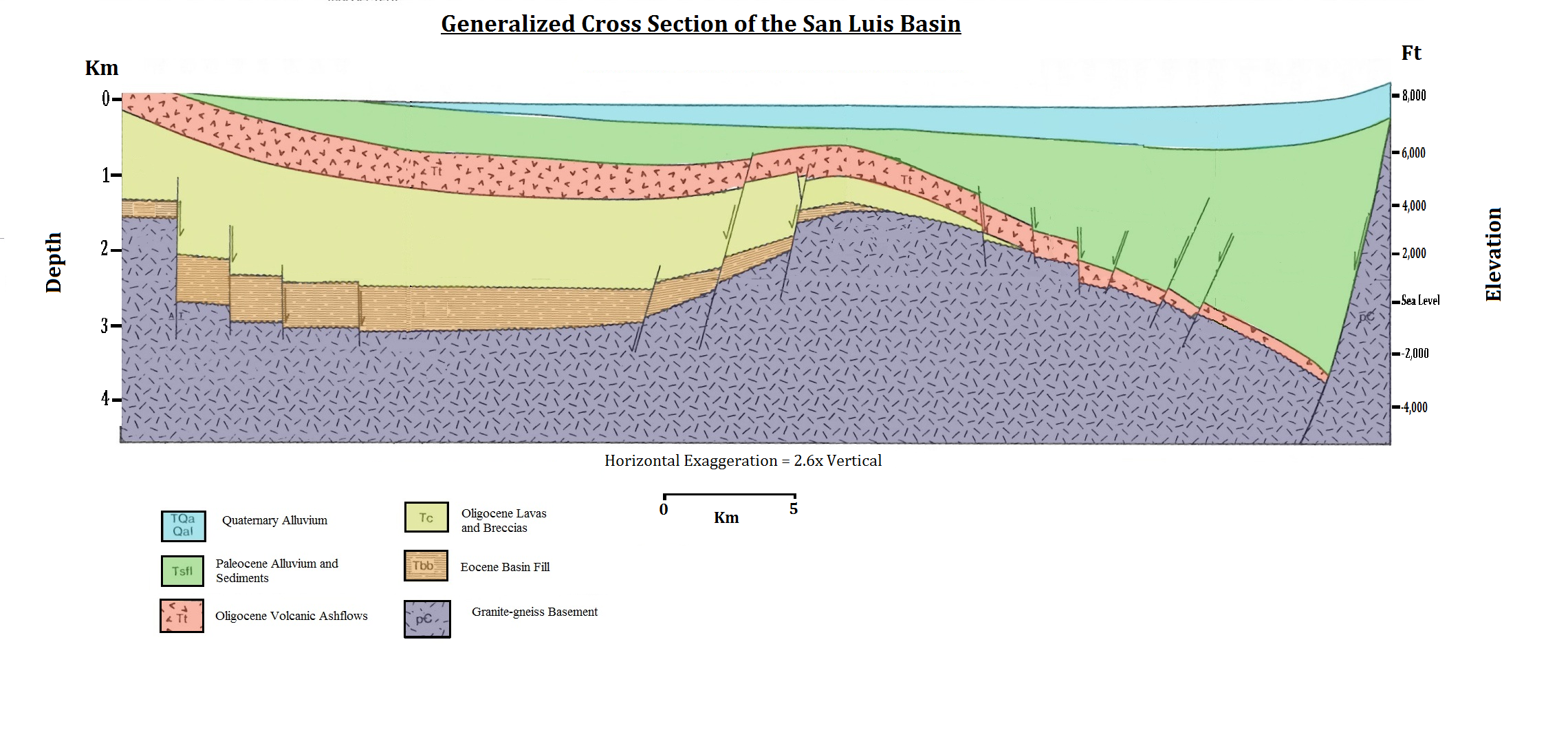|
Rounding (sediment)
Roundness is the degree of smoothing due to Abrasion (geology), abrasion of sedimentary particles. It is expressed as the ratio of the average radius of curvature of the edges or corners to the radius of curvature of the maximum inscribed sphere. Measure of roundness Rounding, roundness or angularity are terms used to describe the shape of the corners on a particle (or clast) of sediment. Such a particle may be a grain of sand, a pebble, Cobble (geology), cobble or boulder. Although roundness can be numerically quantified, for practical reasons geologists typically use a simple visual chart with up to six categories of roundness: *Very angular: corners sharp and jagged *Angular *Sub-angular *Sub-rounded *Rounded *Well-rounded: corners completely rounded This six-fold category characterisation is used in the Shepard and Young comparison chart and the Powers chart but the Krumbein chart has nine categories. Rounding of sediment particles can indicate the distance and time invol ... [...More Info...] [...Related Items...] OR: [Wikipedia] [Google] [Baidu] |
Particle Size
Particle size is a notion introduced for comparing dimensions of solid particles ('' flecks''), liquid particles ('' droplets''), or gaseous particles ('' bubbles''). The notion of particle size applies to particles in colloids, in ecology, in granular material (whether airborne or not), and to particles that form a granular material (see also grain size). Measurement There are several methods for measuring particle size and particle size distribution. Some of them are based on light, other on ultrasound,Dukhin, A. S. and Goetz, P. J. ''Characterization of liquids, nano- and micro- particulates and porous bodies using Ultrasound'', Elsevier, 2017 or electric field, or gravity, or centrifugation. The use of sieves is a common measurement technique, however this process can be more susceptible to human error and is time consuming. Technology such as dynamic image analysis (DIA) can make particle size distribution analyses much easier. This approach can be seen in instruments ... [...More Info...] [...Related Items...] OR: [Wikipedia] [Google] [Baidu] |
Porphyry Copper Deposit
Porphyry copper deposits are copper ore bodies that are formed from hydrothermal fluids that originate from a voluminous magma chamber several kilometers below the deposit itself. Predating or associated with those fluids are vertical dikes of porphyritic intrusive rocks from which this deposit type derives its name. In later stages, circulating meteoric fluids may interact with the magmatic fluids. Successive envelopes of hydrothermal alteration typically enclose a core of disseminated ore minerals in often stockwork-forming hairline fractures and veins. Because of their large volume, porphyry orebodies can be economic from copper concentrations as low as 0.15% copper and can have economic amounts of by-products such as molybdenum, silver, and gold. In some mines, those metals are the main product. The first mining of low-grade copper porphyry deposits from large open pits coincided roughly with the introduction of steam shovels, the construction of railroads, and a surge i ... [...More Info...] [...Related Items...] OR: [Wikipedia] [Google] [Baidu] |
Pebble Dike
A pebble is a clast of rock with a particle size of based on the Udden-Wentworth scale of sedimentology. Pebbles are generally considered larger than granules ( in diameter) and smaller than cobbles ( in diameter). A rock made predominantly of pebbles is termed a conglomerate. Pebble tools are among the earliest known man-made artifacts, dating from the Palaeolithic period of human history. A beach composed chiefly of surface pebbles is commonly termed a shingle beach. This type of beach has armoring characteristics with respect to wave erosion, as well as ecological niches that provide habitat for animals and plants. Inshore banks of shingle (large quantities of pebbles) exist in some locations, such as the entrance to the River Ore, England, where the moving banks of shingle give notable navigational challenges. Pebbles come in various colors and textures and can have streaks, known as veins, of quartz or other minerals. Pebbles are mostly smooth but, dependent o ... [...More Info...] [...Related Items...] OR: [Wikipedia] [Google] [Baidu] |
Alluvium
Alluvium (, ) is loose clay, silt, sand, or gravel that has been deposited by running water in a stream bed, on a floodplain, in an alluvial fan or beach, or in similar settings. Alluvium is also sometimes called alluvial deposit. Alluvium is typically geologically young and is not Consolidation (geology), consolidated into solid rock. Sediments deposited underwater, in seas, estuaries, lakes, or ponds, are not described as alluvium. Floodplain alluvium can be highly fertile, and supported some of the earliest human civilizations. Definitions The present Scientific consensus, consensus is that "alluvium" refers to loose sediments of all types deposited by running water in floodplains or in alluvial fans or related landforms. However, the meaning of the term has varied considerably since it was first defined in the French dictionary of Antoine Furetière, posthumously published in 1690. Drawing upon concepts from Roman law, Furetière defined ''alluvion'' (the French term for al ... [...More Info...] [...Related Items...] OR: [Wikipedia] [Google] [Baidu] |
Placer Deposit
In geology, a placer deposit or placer is an accumulation of valuable minerals formed by gravity separation from a specific source rock during sedimentary processes. The name is from the Spanish language, Spanish word ''placer'', meaning "alluvium, alluvial sand". Placer mining is an important source of gold, and was the main technique used in the early years of many gold rushes, including the California Gold Rush. Types of placer deposits include alluvium, eluvium, beach placers, aeolian placers and paleo-placers. Placer materials must be both dense and resistant to weathering processes. To accumulate in placers, mineral particles must have a specific gravity above 2.58. Placer environments typically contain black sand, a conspicuous shiny black mixture of iron oxides, mostly magnetite with variable amounts of ilmenite and hematite. Valuable mineral components often occurring with black sands are monazite, rutile, zircon, chromite, wolframite, and cassiterite. Early mining opera ... [...More Info...] [...Related Items...] OR: [Wikipedia] [Google] [Baidu] |
Clastic Rock
Clastic rocks are composed of fragments, or clasts, of pre-existing minerals and rock. A clast is a fragment of geological detritus,Essentials of Geology, 3rd Ed, Stephen Marshak, p. G-3 chunks, and smaller grains of rock broken off other rocks by physical weathering.Essentials of Geology, 3rd Ed, Stephen Marshak, p. G-5 Geologists use the term clastic to refer to sedimentary rocks and particles in sediment transport, whether in suspension or as bed load, and in sediment deposits. Sedimentary clastic rocks Clastic sedimentary rocks are rocks composed predominantly of broken pieces or ''clasts'' of older weathered and eroded rocks. Clastic sediments or sedimentary rocks are classified based on grain size, clast and cementing material (matrix) composition, and texture. The classification factors are often useful in determining a sample's environment of deposition. An example of clastic environment would be a river system in which the full range of grains being transported b ... [...More Info...] [...Related Items...] OR: [Wikipedia] [Google] [Baidu] |
Aeolian Processes
Aeolian processes, also spelled eolian, pertain to wind activity in the study of geology and weather and specifically to the wind's ability to shape the surface of the Earth (or other planets). Winds may erosion, erode, transport, and deposit materials. They are effective agents in regions with sparse vegetation, a lack of soil moisture and a large supply of unconsolidated sediments. Although water is a much more powerful eroding force than wind, aeolian processes are important in arid environments such as deserts. The term is derived from the name of the Greek god Aeolus#Aeolus (son of Hippotes), Aeolus, the keeper of the winds. Definition and setting ''Aeolian processes'' are those processes of erosion, Sediment transport, transport, and Deposition (geology), deposition of sediments that are caused by wind at or near the surface of the earth. Sediment deposits produced by the action of wind and the sedimentary structures characteristic of these deposits are also described as ... [...More Info...] [...Related Items...] OR: [Wikipedia] [Google] [Baidu] |
Erosion
Erosion is the action of surface processes (such as Surface runoff, water flow or wind) that removes soil, Rock (geology), rock, or dissolved material from one location on the Earth's crust#Crust, Earth's crust and then sediment transport, transports it to another location where it is deposit (geology), deposited. Erosion is distinct from weathering which involves no movement. Removal of rock or soil as clastic sediment is referred to as ''physical'' or ''mechanical'' erosion; this contrasts with ''chemical'' erosion, where soil or rock material is removed from an area by Solvation, dissolution. Eroded sediment or solutes may be transported just a few millimetres, or for thousands of kilometres. Agents of erosion include rainfall; bedrock wear in rivers; coastal erosion by the sea and Wind wave, waves; glacier, glacial Plucking (glaciation), plucking, Abrasion (geology), abrasion, and scour; areal flooding; Aeolian processes, wind abrasion; groundwater processes; and Mass wastin ... [...More Info...] [...Related Items...] OR: [Wikipedia] [Google] [Baidu] |
Downhill Creep
Downhill creep, also known as soil creep or commonly just creep, is a type of creep characterized by the slow, downward progression of rock and soil down a low grade slope; it can also refer to slow deformation of such materials as a result of prolonged pressure and stress. Creep may appear to an observer to be continuous, but it really is the sum of numerous minute, discrete movements of slope material caused by the force of gravity. Friction, being the primary force to resist gravity, is produced when one body of material slides past another offering a mechanical resistance between the two which acts to hold objects (or slopes) in place. As slope on a hill increases, the gravitational force that is perpendicular to the slope decreases and results in less friction between the material that could cause the slope to slide. Overview Water is a very important factor when discussing soil deformation and movement. For instance, a sandcastle will only stand up when it is made with ... [...More Info...] [...Related Items...] OR: [Wikipedia] [Google] [Baidu] |
Glacial
A glacier (; or ) is a persistent body of dense ice, a form of rock, that is constantly moving downhill under its own weight. A glacier forms where the accumulation of snow exceeds its ablation over many years, often centuries. It acquires distinguishing features, such as crevasses and seracs, as it slowly flows and deforms under stresses induced by its weight. As it moves, it abrades rock and debris from its substrate to create landforms such as cirques, moraines, or fjords. Although a glacier may flow into a body of water, it forms only on land“Glacier, N., Pronunciation.” Oxford English Dictionary, Oxford UP, June 2024, https://doi.org/10.1093/OED/7553486115. Accessed 25 Jan. 2025. and is distinct from the much thinner sea ice and lake ice that form on the surface of bodies of water. On Earth, 99% of glacial ice is contained within vast ice sheets (also known as "continental glaciers") in the polar regions, but glaciers may be found in mountain ranges on every co ... [...More Info...] [...Related Items...] OR: [Wikipedia] [Google] [Baidu] |
River
A river is a natural stream of fresh water that flows on land or inside Subterranean river, caves towards another body of water at a lower elevation, such as an ocean, lake, or another river. A river may run dry before reaching the end of its course if it runs out of water, or only flow during certain seasons. Rivers are regulated by the water cycle, the processes by which water moves around the Earth. Water first enters rivers through precipitation, whether from rainfall, the Runoff (hydrology), runoff of water down a slope, the melting of glaciers or snow, or seepage from aquifers beneath the surface of the Earth. Rivers flow in channeled watercourses and merge in confluences to form drainage basins, or catchments, areas where surface water eventually flows to a common outlet. Rivers have a great effect on the landscape around them. They may regularly overflow their Bank (geography), banks and flood the surrounding area, spreading nutrients to the surrounding area. Sedime ... [...More Info...] [...Related Items...] OR: [Wikipedia] [Google] [Baidu] |







